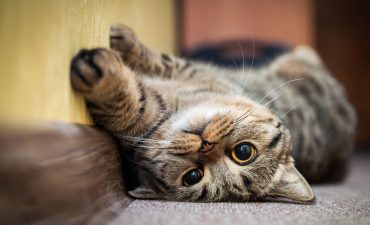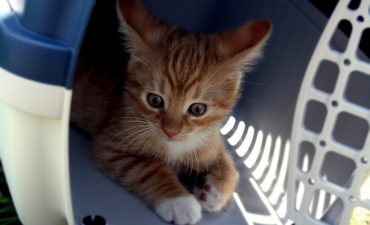Bot flies, also known as Oestriday is similar to bees in their overall appearance. They are small and hairy flies, which lay their eggs on the body parts of a horse. They use the horse as a host for their larvae. The usual areas that these flies prefer to lay their eggs are the legs of a horse, its shoulders and around the horse’s mouth. They do this by injecting the eggs and sting the horse. The horse is affected by the sting and shows its irritation.
Appearance of the eggs and hatching of the larvae
The eggs of bot fly are tiny and sticky and look like yellow specks. The fly disposes hundreds of egg in a single sting. When the horse is irritated, it will lick the region where the eggs were deposited and this is when they are transferred to its mouth. As soon as the eggs hatch around the area of the mouth, the larvae migrate to the stomach. The migration from the mouth to the stomach of the horse takes the larvae around three weeks.
Feeding off the intestine
Eggs are laid by the bot flies during the late summer season and during early fall. The larvae remain attached to the small intestine and stomach of the horse and feed off the horse as parasites, until the larvae mature. Their parasitic presence can be quite painful to the horse. When the larvae get fully matured, they simply drop off and this makes the area susceptible to further damage. The raw exposed part of the horse is painful and cause for serious worry. When this area is too large, it can cause digestion problems for the horse, and it may turn colic.
Other effects
When the larvae have been spread over a wide area, greater is the problem for the horse. Once mature, the larvae travel outwards towards the skin and leave the horse. When they exit the body of the horse, the area can become lumpy and can also be painful for the horse. Mouth sores and serious ulcers can result from the migration of the bot flies.
Removing the eggs
Remove the eggs the moment you notice them. This is the best method of removing the eggs. You can use a grooming stone or a bot knife to remove each yellow speck one by one. The horse will also get instant relief since the flies can have an irritating effect on their skin. You can also consider rubbing the area, with a cloth that has been soaked in warm water. After you have finished removing the eggs, wash the area thoroughly with water, as any sticky fluid can result in infection. There are chances that you might catch an infection, so be careful while removing the eggs.
De-worming the horse
Before the winter begins, or after the first frost of the season, use lvermectin paste to de-worm the horse. The exact dosage depends on the weight of the individual horse. Ensure that no larva or egg is left; else it will create a problem for the horse and will irritate its stomach.






